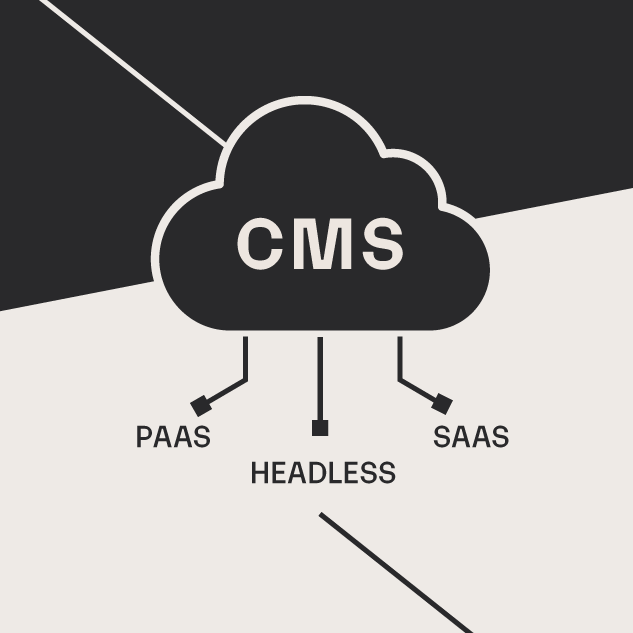HubSpot Spring Training: Building Sales Fundamentals
Dan Sitton#Digital Strategy, #HubSpot

We look at the fundamentals a sales process are built on and how to use HubSpot to build your own sales process around these components.
Just like baseball, sales is also built on fundamentals. Sure, we measure sales success by statistics like revenue, pipeline, and closed deals. But to find any level of success, a sales team needs to be well grounded in the basics. I’ve found that most of these fundamentals boil down to two categories – equipment and approach. Let’s look at how HubSpot’s powerful tools can help build these fundamentals:
Equipment
Having the right equipment is one of the most important parts of building your sales success. The cornerstone and foundation of this equipment is your CRM (Customer Relationship Management) platform. By selecting the right CRM, with technology to enhance and enable your sales team, you’ll be able to build your approach. We’ve found that the HubSpot CRM provides almost everything we need in a CRM, and we’ve built our entire sales process around it. Best of all, the HubSpot CRM is free!
By adding HubSpot Sales Pro to the HubSpot CRM, you can utilize additional functionality and tools to better drive prospects down the sales funnel. Some of these tools, such as Sequences and Prospects, have become such an intricate part of our sales process that we recommend them to all of our partners who use the HubSpot CRM. And if you are using HubSpot’s marketing automation software, the CRM integrates seamlessly to close the gap between sales and marketing.
Approach
However, the right equipment only gets you so far. I can buy the same bat they use in the pros, but that doesn’t mean I can hit a major league fastball. Approach and methodology is just as important as having the right equipment.
One of most important fundamentals in terms of approach is understanding your lead qualification process. Knowing your Ideal Buyer Profile and Personas is a key aspect of understanding how your leads are qualified. If you’re using the HubSpot CRM, this can be tracked and maintained through the CRM profile fields. Knowing what makes a lead marketing qualified (MQL) or sales qualified (SQL) will help you understand where he or she is at in the Buyer’s Journey.
Once you understand how your leads are qualified, you can create views to see the leads that are qualified at each level. In the HubSpot CRM, this is an easy task that can be completed through the Contacts menu option. I like to organize my leads through multiple views so I can see what conversations I need to have with the different types of lead. For example, if I look at my qualified leads and see that I have prospects coming from the higher education vertical, I will approach them differently than how I approach a manufacturing prospect.
After understanding qualification and seeing how your leads fit into your organization’s ideal buyer profiles and personas, you will have a better idea of how to engage them. Consistency and helpfulness are two major aspects of these conversations. Fortunately, HubSpot Sales Pro helps us stay consistent in our messaging, allowing us to help our prospects by sending useful links through email templates. These templates can be personalized, but having templated responses in your sales process keeps your sales team from needing to create new responses to common questions. It’s also a great way to build value by directing your prospects to meaningful information and providing the answers that will address their concerns. And if you need to provide more information over time throughout each stage of the Buyer’s Journey, sequencing your templated communication is important.
One final sales fundamental is task management. Leveraging your CRM to stay visible and present for your prospects is more important than ever. So, making sure that your sales team is able to create, manage, and assign tasks helps manage the entire pipeline. With HubSpot’s CRM, we can automatically create tasks based on previous tasks. For example, if I’m emailing a lead from the CRM, I can have the CRM create a task for me to call the lead at a specified time after the email is sent. Having this consistent chain of tasks helps me stay organized in how I build my pipeline.
The above are just a few of the fundamentals necessary to build a successful sales team, but taking the time to ensure that your entire sales team is well-versed in these fundamentals will pay dividends as you look to increase your revenue. Do you have any questions about how to leverage HubSpot’s CRM and MAP in your own sales process? Please contact us, and we’ll work with you to build a successful digital strategy using these tools.
Related Posts

4 Ways to Avoid Disaster When Migrating CMS Platforms
If you have ever migrated from one content management system (CMS) or eCommerce platform to another, you know how many unexpected issues can occur during the migration process.

Choosing the Right Cloud CMS: Key Factors to Consider
Selecting the right cloud-based Content Management System (CMS) demands a careful balance between budget, technical expertise, and business needs.
Results Matter.
We design creative digital solutions that grow your business, strengthen your brand and engage your audience. Our team blends creativity with insights, analytics and technology to deliver beauty, function, accessibility and most of all, ROI. Do you have a project you want to discuss?
Like what you read?
Subscribe to our blog "Diagram Views" for the latest trends in web design, inbound marketing and mobile strategy.
